- Category
- War in Ukraine
How 10 Years Ago, Russia Turned the Promise of a “Green Corridor” from Ilovaisk Into a Deadly Trap
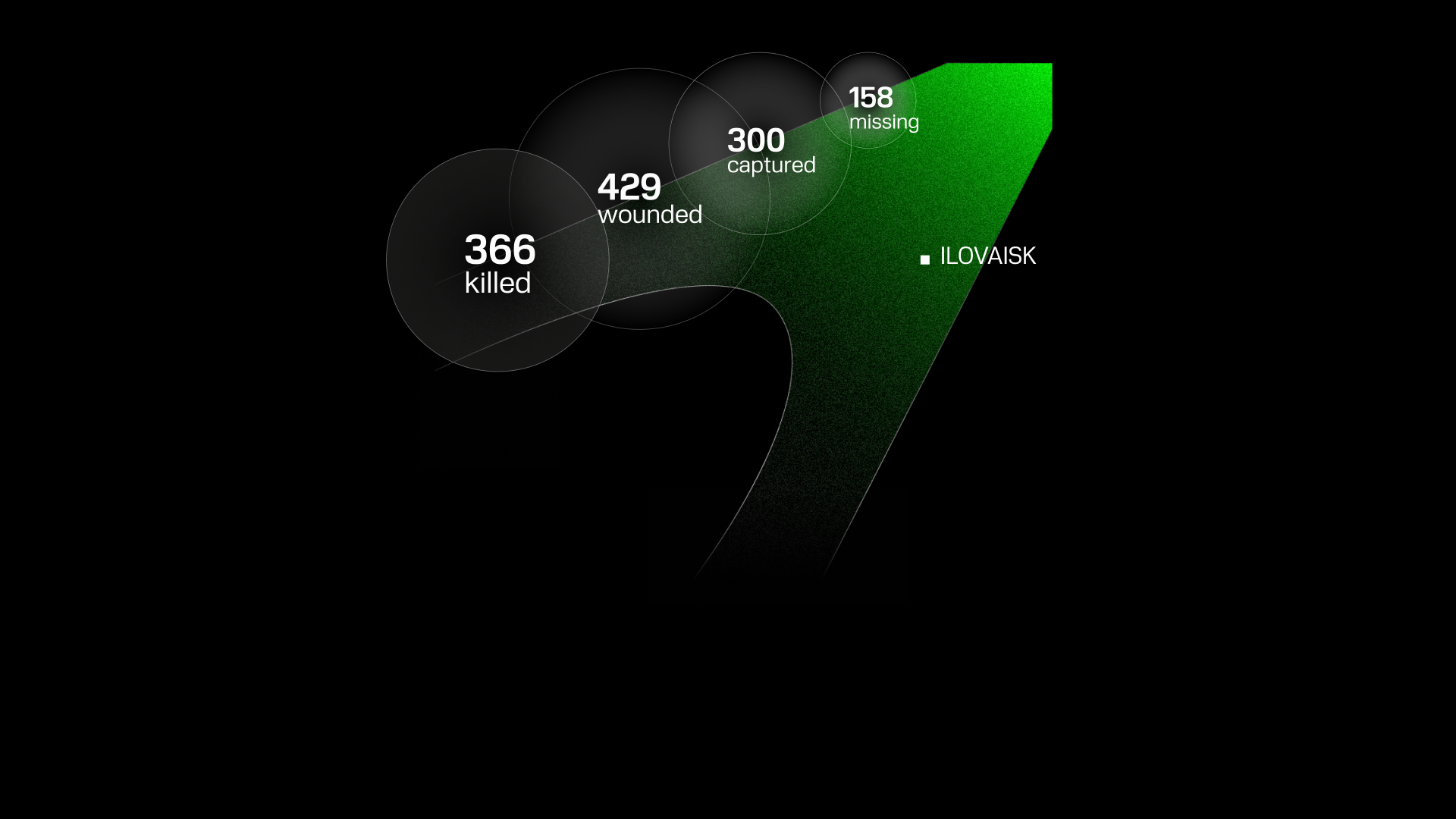
“F*ck friends, we can’t believe that we’re alive,” wrote Ukrainian photographer Maks Levin ten years ago on his Facebook page. “Today, together with journalists Markiian Lyseiko, Ivan Lubysh-Kirdey, and Heorhii Tykhyi, we broke out of the encirclement in Ilovaisk – we experienced being born again.”
On that day, August 29th, 2014, these four journalists got into a car and, together with a column of encircled Ukrainian soldiers, tried to make their way out of Russia’s deadly trap in Ilovaisk. Unlike Maks and his colleagues, that day, hundreds of Ukrainian soldiers were brutally killed by Russia as they tried to retreat. Tragically, eight years later, Maks Levin would be executed by Russian soldiers in a forest near Kyiv as well.
The “Ilovaisk Tragedy” is one of the earliest Russian atrocities in its war against Ukraine. Known as the “Ilovaisk Cauldron,” the battle saw Ukrainian forces trapped and devastated between August 6th and 29th, 2014. It all culminated in a promised “green corridor” that Russia quickly turned into a “corridor of death,” killing hundreds of Ukrainian soldiers. That is why each year, on August 29th, Ukraine commemorates all those whose lives were taken fighting for the country’s independence and territorial integrity. Flags are at half-mast on the Day of Remembrance of the Defenders of Ukraine.
The corridor of death
Ilovaisk, a critical railway hub just 40 kilometers from Donetsk, was strategically vital. In August 2014, Ukrainian forces made two attempts to retake the city, briefly securing positions before Russian troops intervened on August 23-24th, trapping the Ukrainian fighters. That is why the battle gained the name of “Ilovaisk Cauldron.”
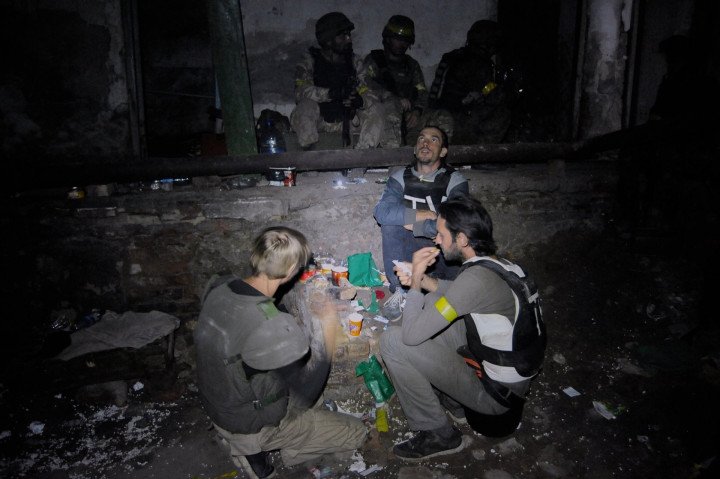
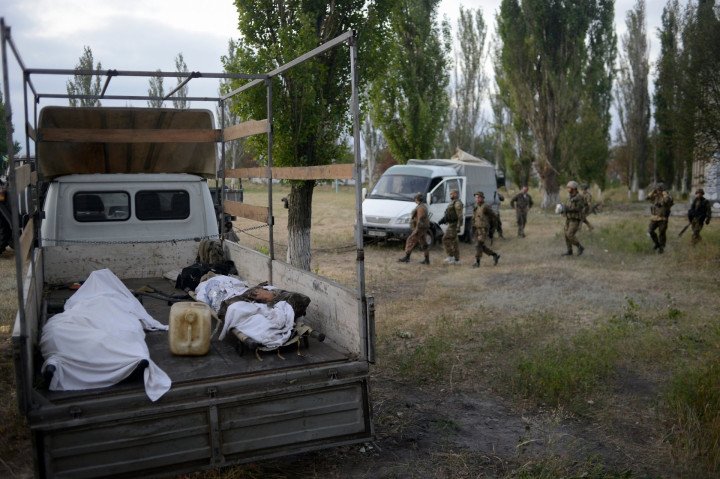
On the morning of August 29th, Putin promised encircled Ukrainian soldiers a “green corridor” so that they could leave Ilovaisk. Believing they had secured safe passage, Ukrainian troops began withdrawing. However, Russian forces opened fire on the retreating columns, turning the promised “green corridor” into a killing field.
"Forward! Forward!’ blared a voice over the radios, and I saw the strike armored group far ahead of us suddenly surge forward,” recounts Tykhyi, one of the journalists there, years later. This was the start of the breakout.
But it didn’t go as planned. That day, according to the Strategic Communications Department of the General Staff of the Armed Forces of Ukraine, Russia killed 366 Ukrainian fighters. A total of 429 were wounded, and 300 were captured. The aftermath was chaotic, with bodies left behind as Russian forces scrapped equipment containing soldiers’ remains.
Six days in Russian trap
The four journalists entered Ilovaisk with the Myrotvorets (“Peacemaker”) battalion, filming a documentary about their mission. What was supposed to be a half-day stay turned into six days in hell.
“The photo captures the moment when Ivan and I were at the first checkpoint before the city, deciding whether to enter Ilovaisk or not,” wrote Tykhyi about those days years later.
They found themselves driving straight into a trap that was closing in. It was August 24th, Ukraine’s Independence Day, and the window of escape behind the journalists had already slammed shut.
Communication was nearly impossible; there was almost no connection. But as the Twitter feed finally loaded, it was filled with panicked messages about Russian troops crossing the border. At first, it was hard to believe. But then the reality hit. The reports were true.
The fighting in the city was raging on. Those terrifying days in the encirclement brought everyone together, with people helping each other survive. On the morning of August 29th, two columns formed to exit Ilovaisk and set off along the prearranged routes. At first, they moved without a hitch.
In a Facebook post, Markiian Lyseiko recalls that day: “We were woken up while it was still dark outside. Silence. No shelling. We started getting ready. In the schoolyard, the column began forming. The radio occasionally crackled." At around eight in the morning, they began moving out. Then, despite the agreements, Russian forces opened fire.
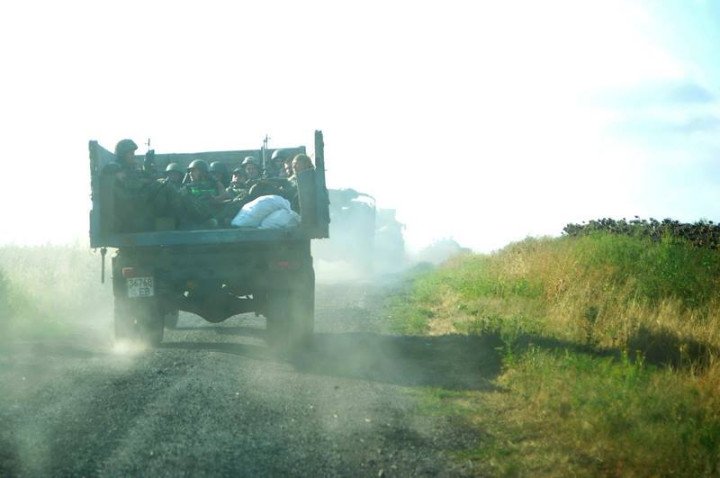
“None of us knew the Russians had set up ambushes for us long in advance. The order was to destroy everything and everyone on that road. We didn’t know that in the first 40 minutes, more of our fighters would die than on any other day in the modern history of independent Ukraine. We didn’t know the Russians had prepared three layers of ambushes, that the fields were mined, and that we would be hit by rocket-propelled grenades, anti-tank missiles, mortars, and machine guns, not to mention small arms fire. They shot at us like at a shooting range,” Lyseiko added.
But the car with the four journalists was lucky that day. “After getting caught in the first round of shelling and an ambush, we managed to push forward a bit,” Levin wrote about the events of that day. “Then we ran into two more ambushes and saw our tank getting hit right in front of us—honestly, we were born again today.”
The journalists broke through in a car alongside Ukraine’s volunteer fighters and soldiers. The column came under fire. Bullets struck the journalists’ car, leaving Levin with a minor injury.
“Here’s a video of our breakout from Ilovaisk, filmed by Ivan Lubysh-Kirdey. The escape lasted about 20 minutes, and Ivan captured it all. This 30-second clip shows the gunfire from one of the three ambushes we faced. We owe our lives to Maks Levin—our car was the only one that made it out of the battlefield. I am so worried for the guys from the battalion who stayed behind,” wrote Tykhyi a day after their escape. The journalists documented this tragic day so that millions of others would not forget those who were killed.
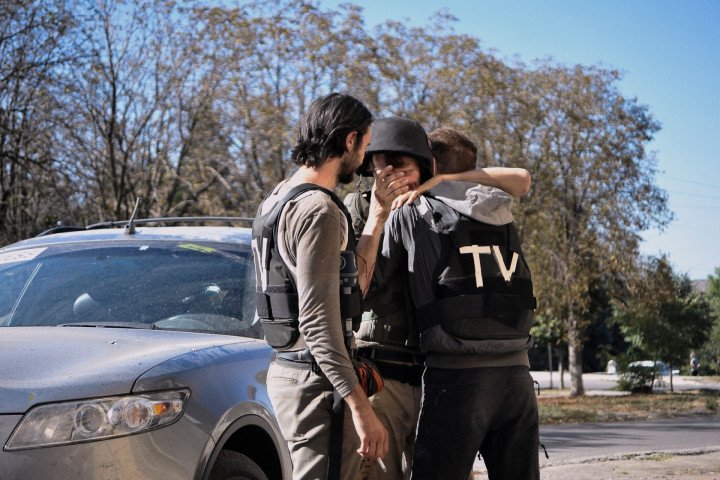
“Our brothers from Donbas, Dnipro, the soldiers are still fighting there,” wrote Maks Levin. “We pray that more of them make it out of that hell.” But many of them did not. Hundreds of Ukrainian soldiers who defended Ukraine lost their lives that day, and many more have had their lives taken since then.
For many Ukrainians, this day serves as a reminder that Russia cannot be trusted. Because the price of trusting comes at the expense of Ukrainian lives.


-531fe8d92c87f1630d3f1a2503c33089.png)

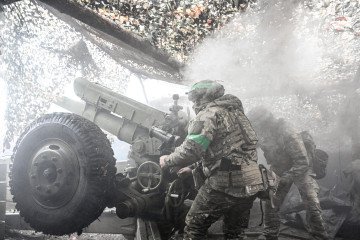
-29a1a43aba23f9bb779a1ac8b98d2121.jpeg)
-886b3bf9b784dd9e80ce2881d3289ad8.png)


-f88628fa403b11af0b72ec7b062ce954.jpeg)